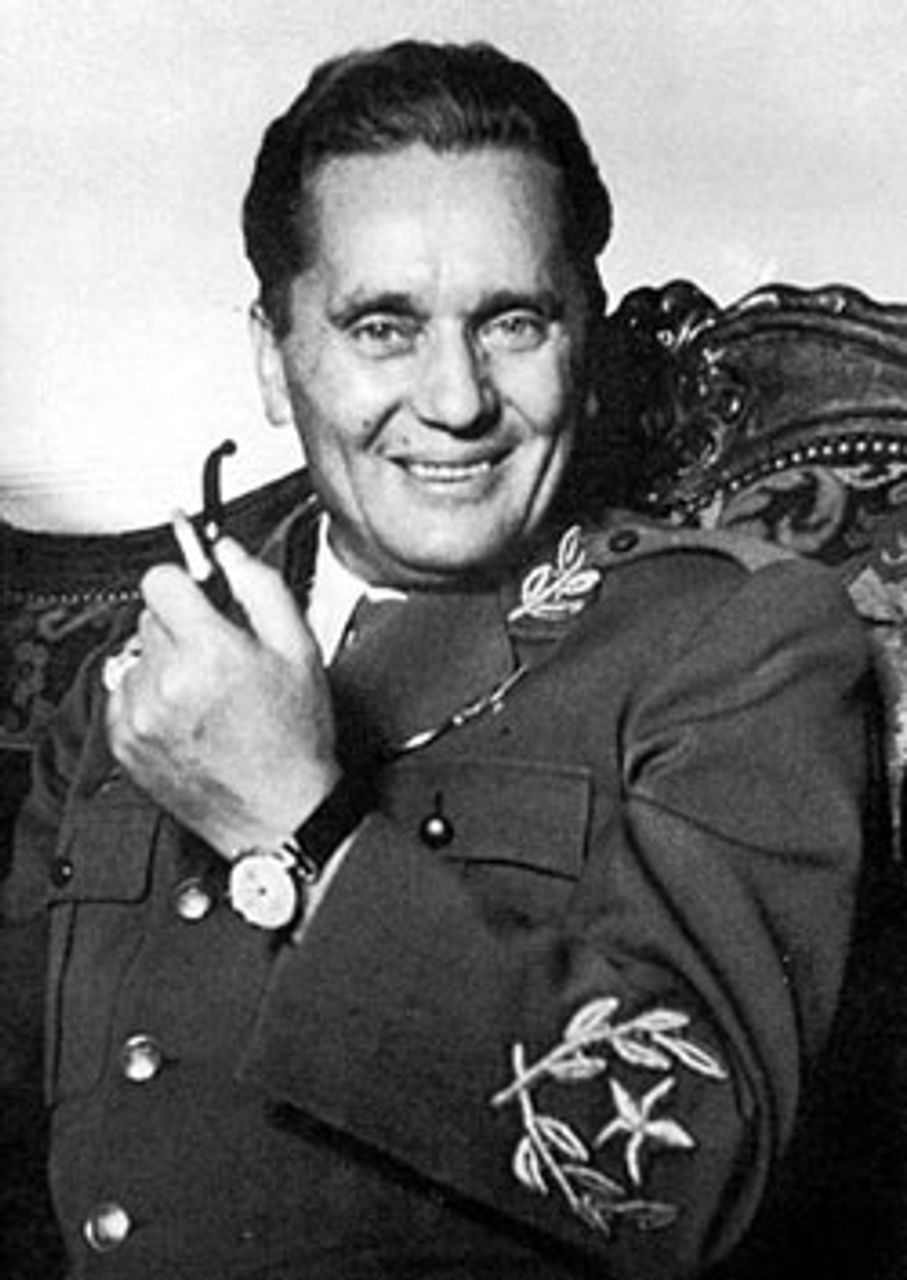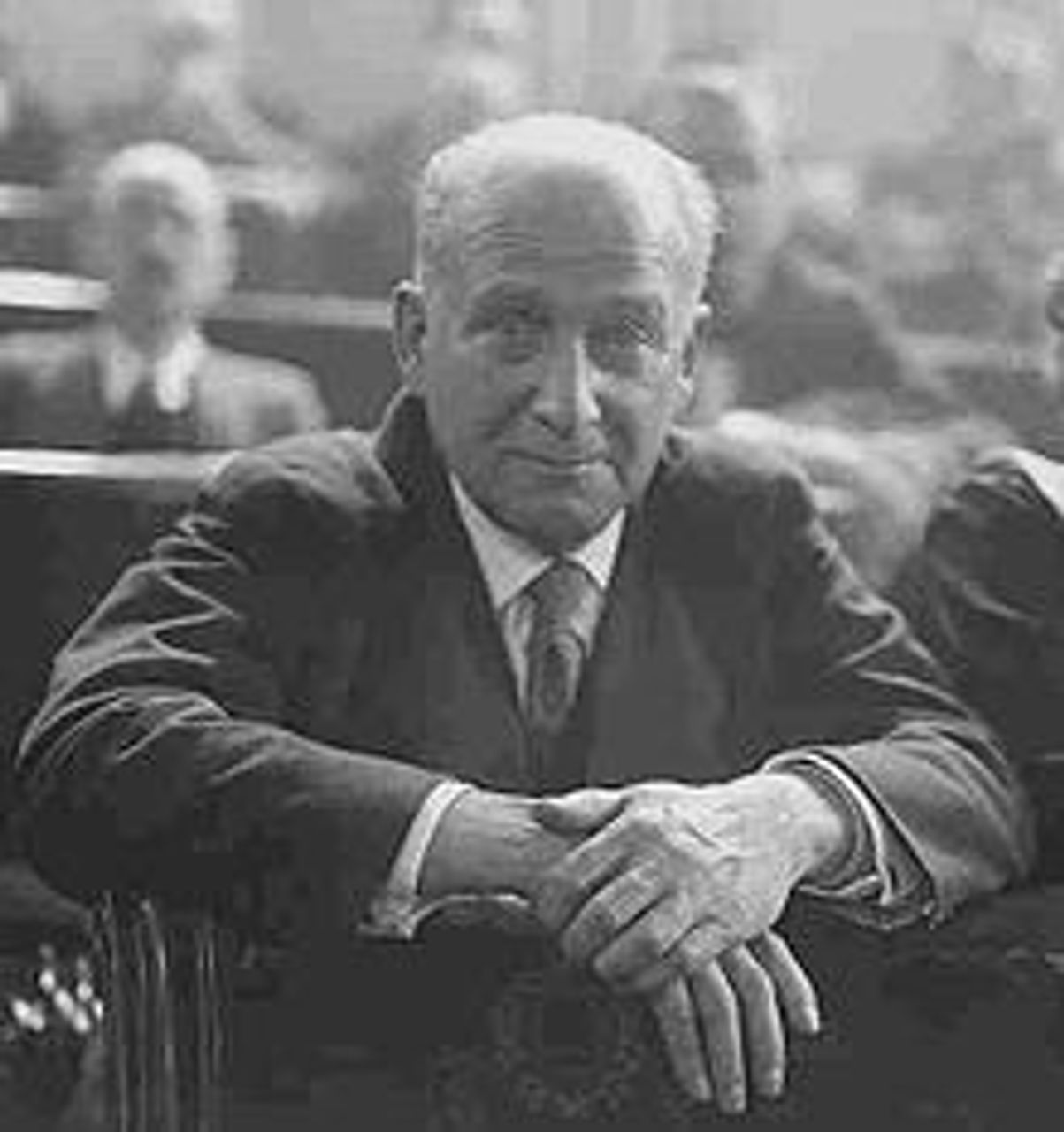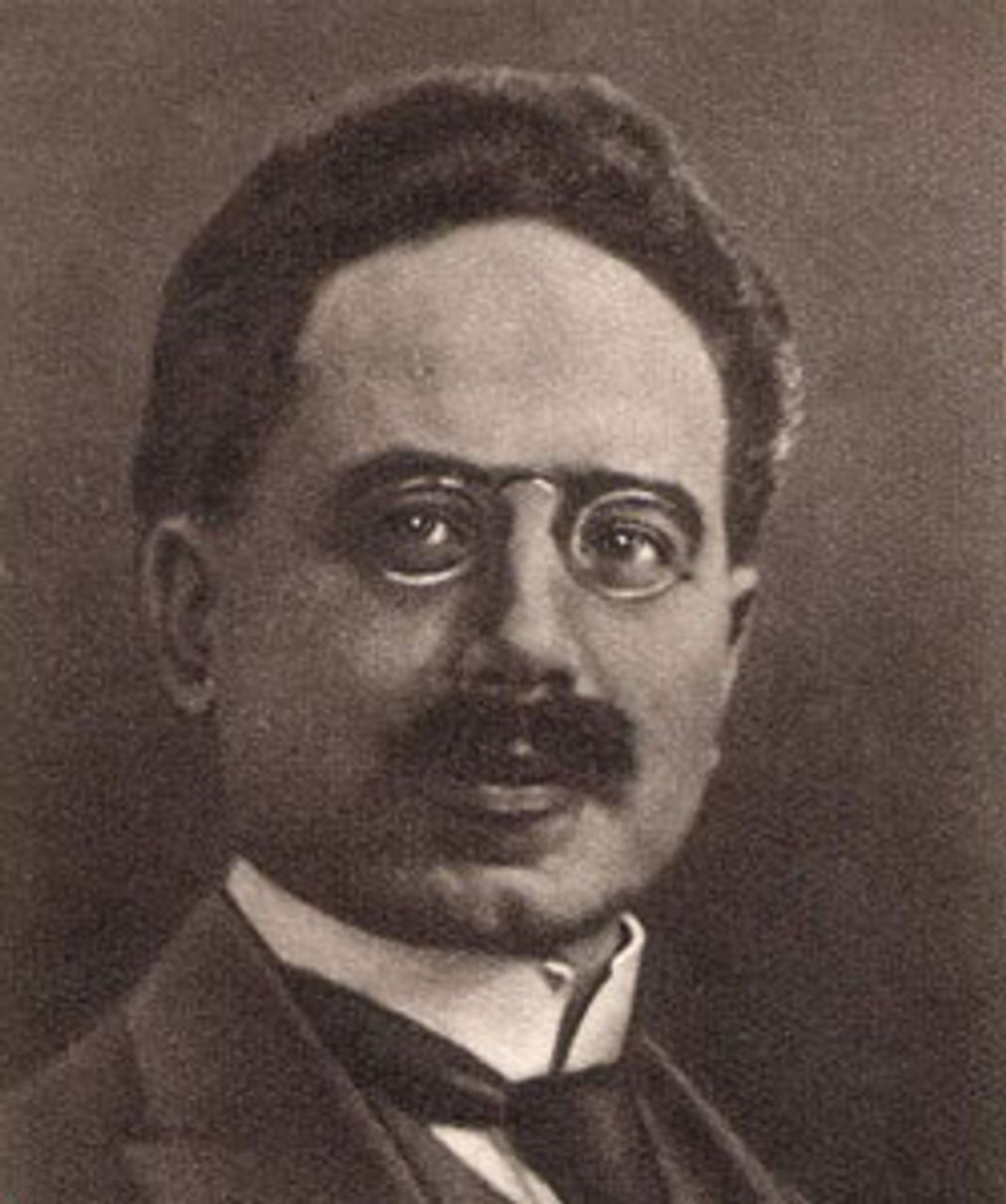This Week in History provides brief synopses of important historical events whose anniversaries fall this week.
25 Years Ago | 50 Years Ago | 75 Years Ago | 100 Years Ago
25 years ago: US trade deficit sets record
 US dollar
US dollarThe US Commerce Department reported on August 29, 1986, that the American economy had suffered a record trade deficit in July of $18 billion. For the first time in US history, the value of imports more than doubled the value of exports. The trade deficit for 1986 was on pace to shatter the record $149 billion gap from 1985.
Economists expressed shock at the data, according to press accounts. It had been believed that the weak dollar policy of the Reagan administration and the Federal Reserve Board would narrow the trade gap by making US products more competitive. Several weeks earlier, after the Fed cut its benchmark lending rate to banks to 5.5 percent, the dollar fell to its lowest value against the yen since the 1940s.
In response to the figures, Reagan administration officials and Federal Reserve Chairman Paul Volcker prepared to put new pressure on Japan and West Germany to lower their central banks’ lending rates. In a speech in Venice delivered August 31, Volcker called the US trade deficit “simply unsustainable” and warned that it would lead to global economic instability.
“Time is running out,” Volcker told his audience of European bankers, industrialists, and politicians. “We cannot escape the fact that, through it all, there are deep fissures in the world economy, and unless we soon make progress in closing them our prospects will be jeopardized.” Volcker complained of European and Japanese opinion that viewed Washington’s calls for assistance as “special pleading by the US, asking others to bail us out of our difficulties.”
50 years ago: “Non-aligned” nations meet in Yugoslavia
 Tito
TitoOn September 1, 1961, the group of “non-aligned” nations held their first-ever summit in Belgrade, Yugoslavia. Josip Broz Tito of Yugoslavia, Jawaharlal Nehru of India, Kwame Nkrumah of Ghana, and Sukarno of Indonesia, all of whom were in attendance, were the principal leaders responsible for developing the non-aligned movement. Twenty-two states sent delegations. The attendees included not only bourgeois nationalists but princes (Saudi Arabia, Cambodia, and Yemen), an archbishop (Cyprus), and an emperor (Haile Selassie of Ethiopia). Eight hundred members of the press flocked to the Yugoslav capital to cover the gathering.
The non-aligned regimes sought to balance between the US-led bloc of imperialist powers and the Soviet Union and its satellites. Conference attendees criticized the Soviet Union for carrying out a nuclear test on September 1, the same day the conference began, breaking a three-year moratorium. On the other hand, delegates repeatedly denounced imperialism, and confidently predicted that the oppression of weak countries by the powerful and economically advanced would end.
This opposition to imperialism was rhetorical. The nations and national elites represented at Belgrade used the existence of the Soviet Union and its satellites to achieve a small degree of political leverage within the imperialist-dominated world system. In a number of countries, for example India, Indonesia, Egypt, and Iraq, import substitutions programs and limited nationalizations were put in place—oftentimes achieved under the influence of local Communist parties. But these nationalizations were not “socialist,” but were rather aimed at securing to the national elite, rather than foreign capital, a greater share of the surplus value produced by the working class.
By 1961 the failure of pan-Africanism and pan-Arabism, whose prominent advocates were Nkrumah and Nasser, respectively, had become obvious. The government of the Congo was in attendance, created as the result of western machinations that had seen the nationalist and democratically-elected prime minister, Patrice Lumumba, brutally murdered the year before.
In the months leading up to the conference most of the Arab states represented in Belgrade—the United Arab Republic (Egypt and Syria), Saudi Arabia, and Tunisia had joined to help block Iraq’s annexation of Kuwait, a nation created by Great Britain with the specific intent of preventing Iraq from gaining an outlet to the sea. And Tunisia, Morocco, and the newly established Algerian nationalist government had been engaged in a public squabble over the drawing of borders in the Sahara Desert.
75 years ago: Spanish socialists, communists enter bourgeois government
 Francisco Largo Caballero
Francisco Largo CaballeroOn the 4th of September 1936 the mass organizations of the Spanish working class definitively took the road of class collaboration with the liberal Spanish bourgeoisie, rather than the road to socialist revolution, when they accepted the leadership of a bourgeois government. The Spanish Social Democrats (PSOE) provided the new Prime Minister Largo Caballero and a further five ministers, while two ministerial posts were awarded to the Stalinist Communist Party of Spain (PCE). The remaining five positions were filled by bourgeois liberals.
As the civil war in Spain entered September the working class faced twin dangers. On the one hand there was the rapid fascist advance from the south, sweeping before it all opposition in a veritable tidal wave of barbarity. Talavera, the last obstacle on the advance to Madrid, fell into fascist hands on September 3. On the other hand, workers faced a weak and vacillating bourgeois Republican government more afraid of the Spanish working class seizing power and establishing a socialist regime than of the fascist forces.
Since Franco’s revolt began in July, Spanish workers, both urban and rural, had developed a network of anti-fascist militia committees, workplace committees, worker patrols and district committees that had cleared out the reactionary forces from their areas and sent many workers to the front to join in the fight against Franco. The workers’ military, economic, and political struggle against the fascist forces proceeded independently of the government and frequently in opposition to it. In Madrid and Catalonia an embryonic workers’ state existed.
The Marxist writer Felix Morrow characterized the situation as akin to that which existed in Russia between February and October 1917, i.e. a regime of dual power. This opened the possibility that workers could seize the factories, the substantial gold reserves held in Madrid, unify the committees and militias, and direct production towards defeating Franco. But as Morrow explained, there was no revolutionary party in Spain prepared to lead workers in a struggle for political power.
100 years ago: 200,000 at Berlin Socialist antiwar demonstration
 Karl Liebknecht
Karl LiebknechtOn September 3, 1911, a crowd in Berlin estimated at over 200,000 answered the call of the German socialist party, the SPD, to demonstrate against the growing threat of war in Europe. The demonstration, held in Treptower Park, was held under the slogans “Against the war agitation! For the Peoples’ Peace!” (“Gegen die Kriegshetze! Für den Völkerfrieden!”) Speeches were given by SPD leaders, including August Bebel and Karl Liebknecht, from ten different platforms.
The demonstration came in response to the Great Power warmongering in the Agadir crisis, in which Germany had sent warships to Morocco as a means of gaining concessions from France there and in sub-Saharan Africa. France insisted that its supremacy be recognized in Morocco. The United Kingdom strongly backed Paris in the dispute, and was in fact making preparations for war. The result was that tensions between the UK and Germany, the latter backed solely by the Austro-Hungarian empire, had come to the fore.
The SPD rally in Berlin was a powerful demonstration of working class opposition to war. But within the SPD, by far Europe’s most influential socialist party, the social and political basis toward a patriotic position had been developing for years, primarily through the trade union bureaucracy, which was only nominally committed to a Marxist program. After the lifting of the anti-socialist laws in 1890, the trade union wing of the SPD grew rapidly. But its success, including the salaries and careers of the trade union bureaucrats, were tied to the fortunes of German industry, and behind that the German state.
